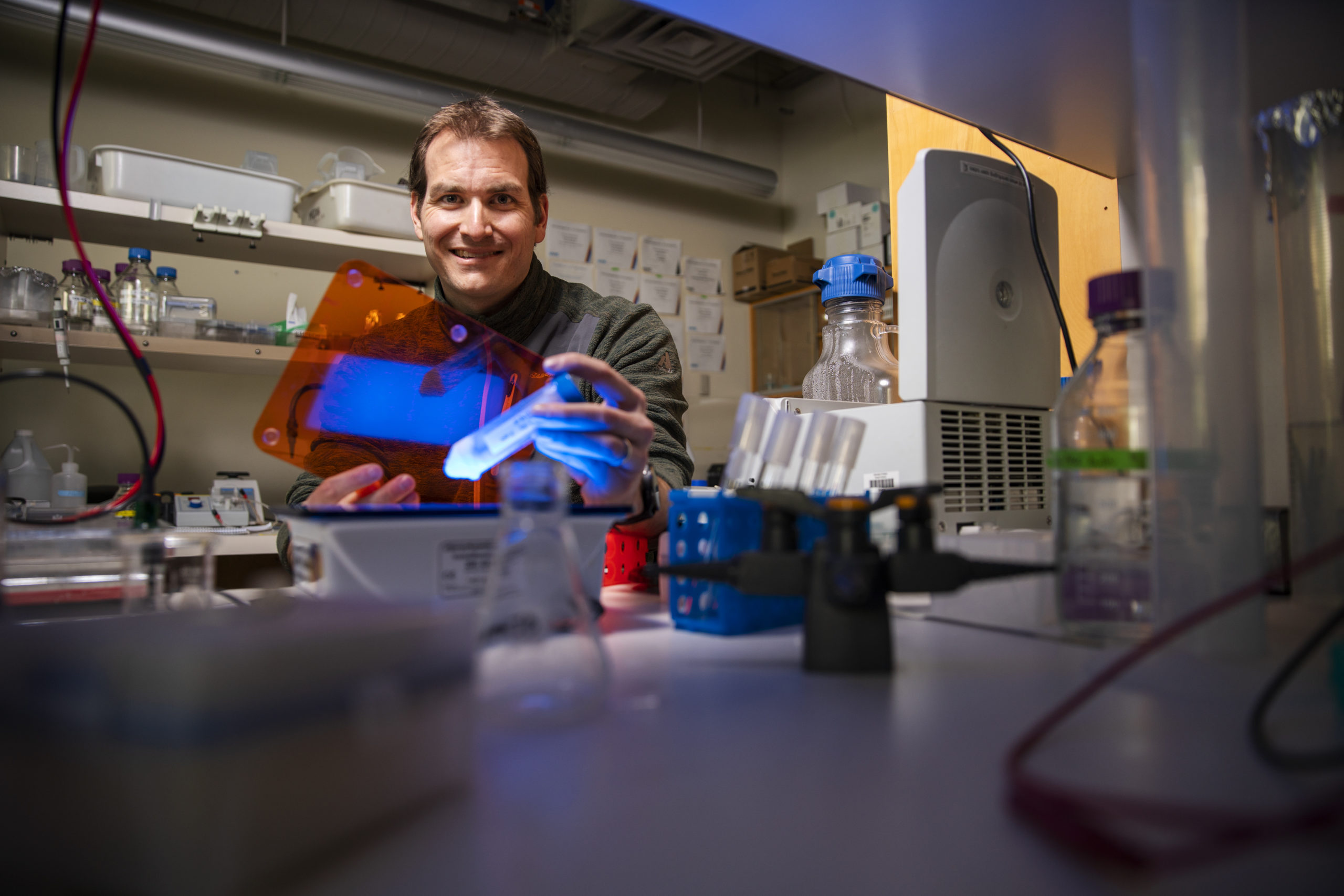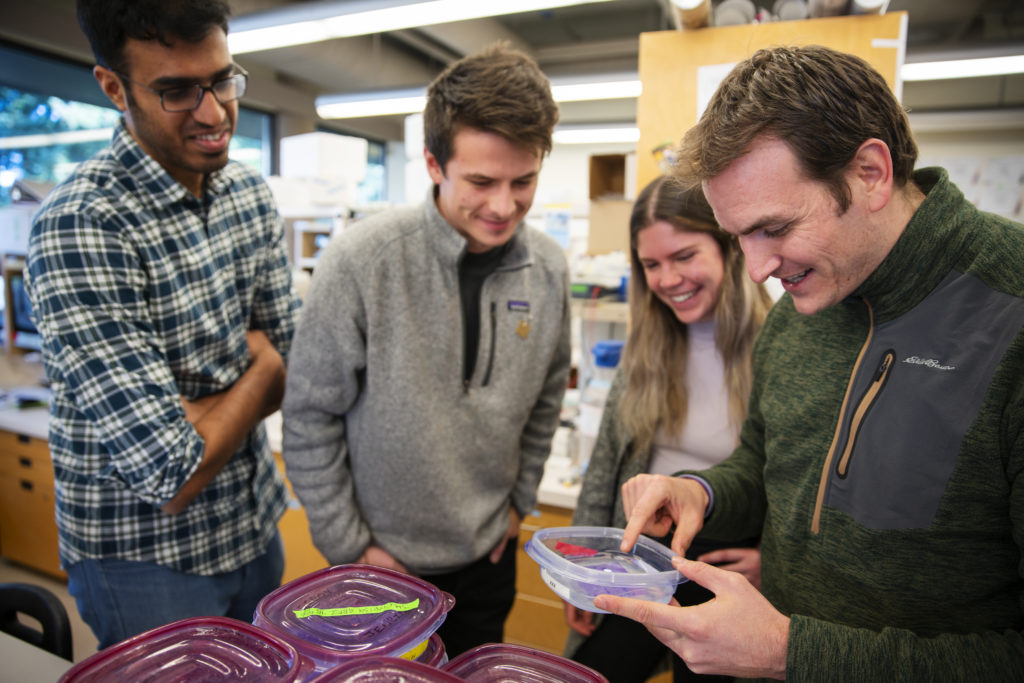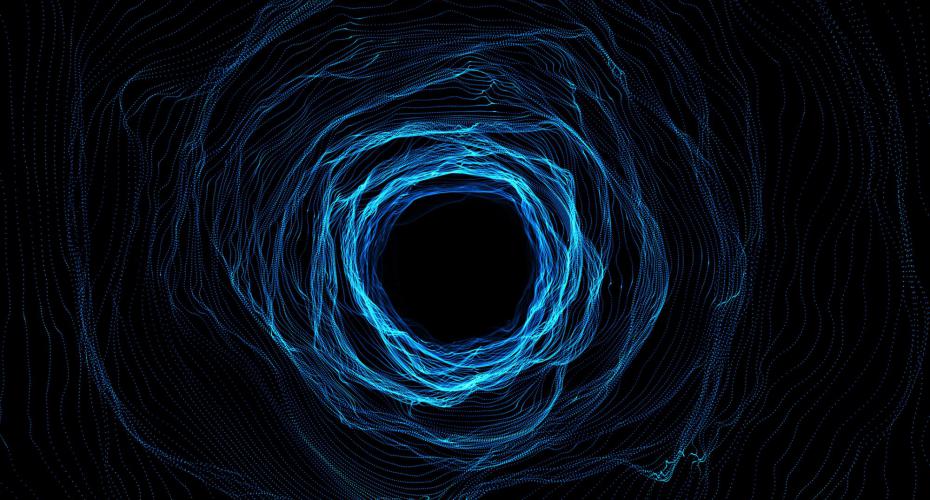Hypothesize This is a monthly series looking into trends, buzzwords and other phenomena with the curiosity of science. University of Victoria biochemist and microbiologist John Burke is taking a different pathway in a promising new area of cancer research by exploring at the molecular level how our immune system can help fight and treat the disease, thanks to a recent project grant from the Canadian Institutes of Health Research (CIHR).
Burke’s research team is studying a family of enzymes involved in cellular growth and metabolism called phosphoinositide 3-kinase (PI3K) pathway and its unique roles in both regulating the immune system and the growth of tumour cells. By focusing on this pathway, Burke and his research team hope to break new ground to discover anti-cancer molecules that may one day contribute to new cancer therapeutics.
What's unique about the approach you're taking?
Cancer therapeutic strategies usually focus on the tumour. Our approach is unique because by focusing on the PI3K enzyme we target both the tumour and the surrounding immune cells. This new research will provide insight into why therapeutic strategies that targeted this pathway in the past have failed. If we know why they failed, we can design molecules that may be more successful in destroying cancerous cells.



